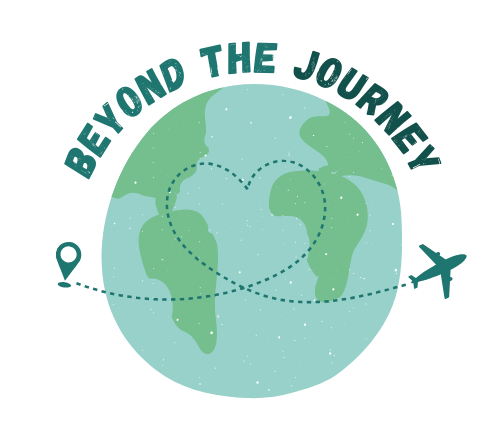10 Iconic Places Around The World That Might Stop Welcoming Tourists
The world’s most beloved destinations are reaching a breaking point. What were once dream getaways are now overwhelmed by crowds, noise, and environmental stress.
As locals push back and ecosystems suffer, many places are rethinking their open-door approach to tourism. The result? Stricter rules, visitor caps, and even talk of shutting the gates entirely—all in an effort to preserve what made these spots special in the first place.
1. Venice, Italy
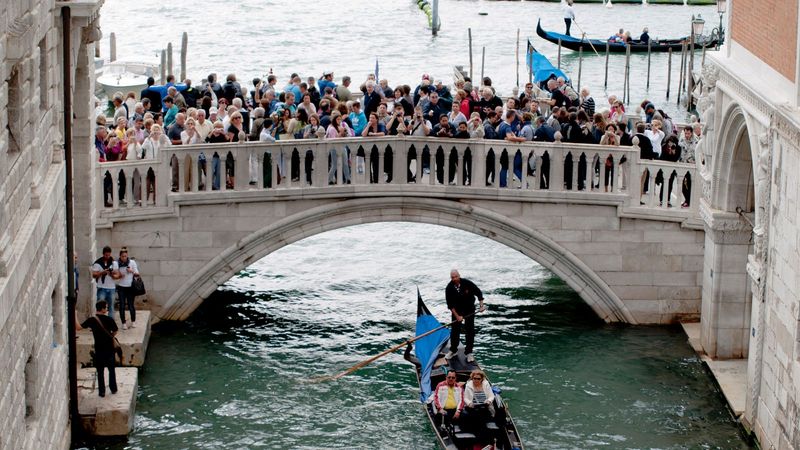
Winding canals can’t handle the daily flood of visitors trampling through narrow streets. Venice faces sinking foundations and damaged waterways from massive cruise ships. Authorities now charge entrance fees and limit large vessels to protect this floating city from literally sinking under tourism’s weight.
Local residents have also pushed back against overtourism, citing rising living costs, overcrowding, and the gradual erosion of authentic Venetian life.
2. Machu Picchu, Peru
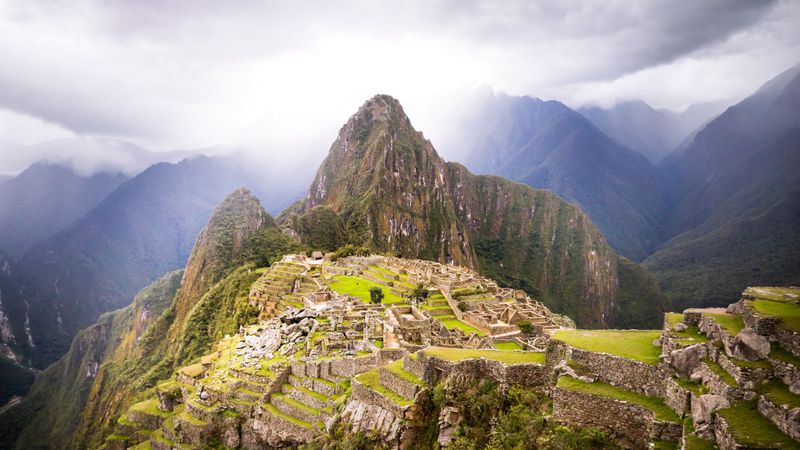
Ancient stone pathways are literally wearing away under millions of footsteps each year. Machu Picchu’s delicate Incan architecture faces erosion accelerated by tourist traffic.
Officials have implemented strict visitor quotas, required guides, and designated walking routes to preserve this mountain citadel for future generations.
3. Maya Bay, Thailand
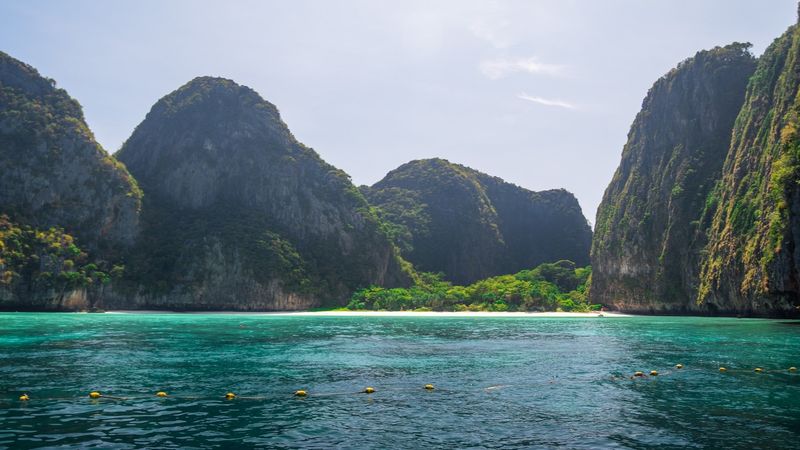
Paradise lost its shine when thousands of daily visitors destroyed coral reefs and trampled pristine sands. Maya Bay, made famous by Leonardo DiCaprio’s film The Beach, closed completely to recover from tourism damage.
Authorities now limit access with timed entries and prohibit swimming to help nature heal. Conservationists continue to monitor the area closely, warning that even limited tourism could undo years of environmental recovery.
4. Mount Everest Base Camp, Nepal
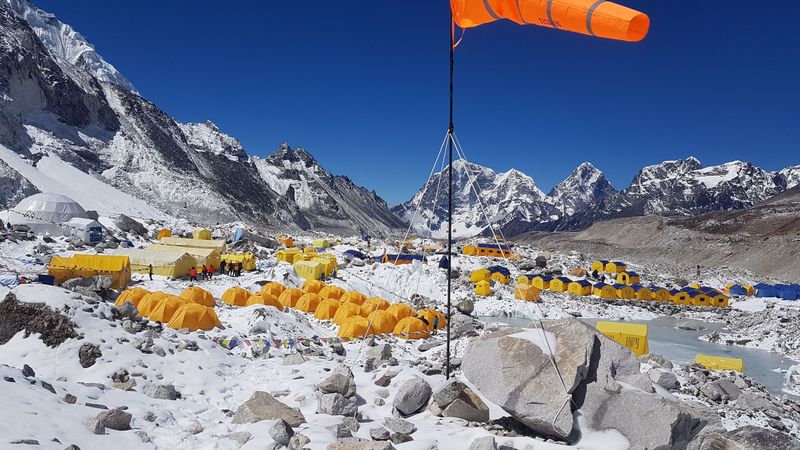
Oxygen tanks and climbing gear litter the world’s highest trash heap as climber numbers surge. Mount Everest faces a waste crisis with frozen garbage exposed by melting ice.
Nepal’s government considers limiting permits, requiring more extensive training, and implementing higher fees to preserve this iconic mountaineering destination. Rescue operations have also increased due to inexperienced climbers, adding strain on local guides and emergency teams battling extreme conditions.
5. Boracay Island, Philippines
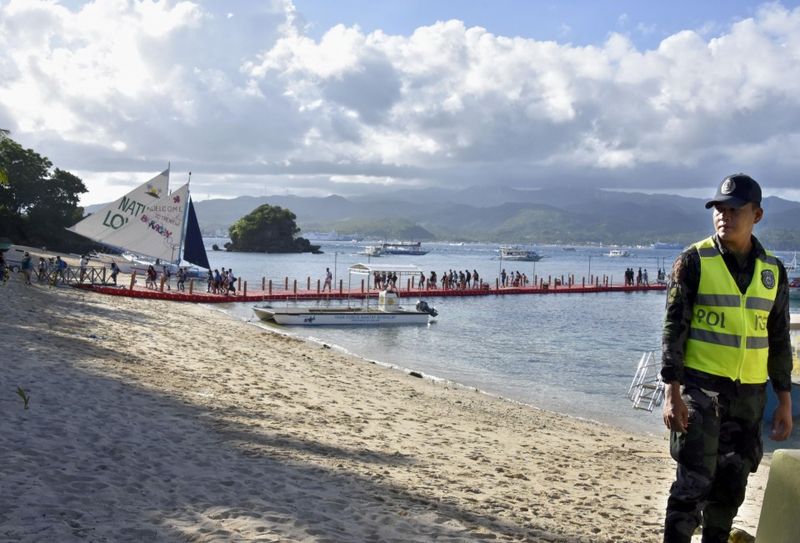
Crystal waters turned murky from untreated sewage and unregulated development along once-pristine shores. Boracay underwent a six-month complete shutdown to address environmental damage.
Today, visitor numbers are capped, beach parties restricted, and businesses must meet strict waste management requirements to operate. Authorities continue to enforce these rules aggressively, closing non-compliant establishments and conducting regular environmental inspections to maintain the island’s recovery.
6. Amsterdam, Netherlands
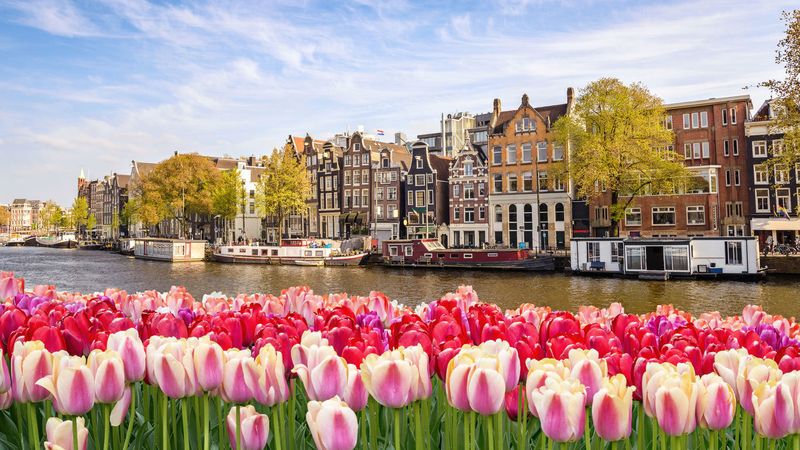
Locals can’t afford homes as apartments transform into tourist rentals throughout historic neighborhoods. Amsterdam residents protest the transformation of their city into an adult playground.
City officials have banned new hotels, restricted Airbnb rentals, and launched campaigns discouraging rowdy visitors while raising tourist taxes. Measures also include reducing cruise ship traffic and regulating souvenir shops to curb the commercialization of once-residential areas.
7. Komodo Island, Indonesia
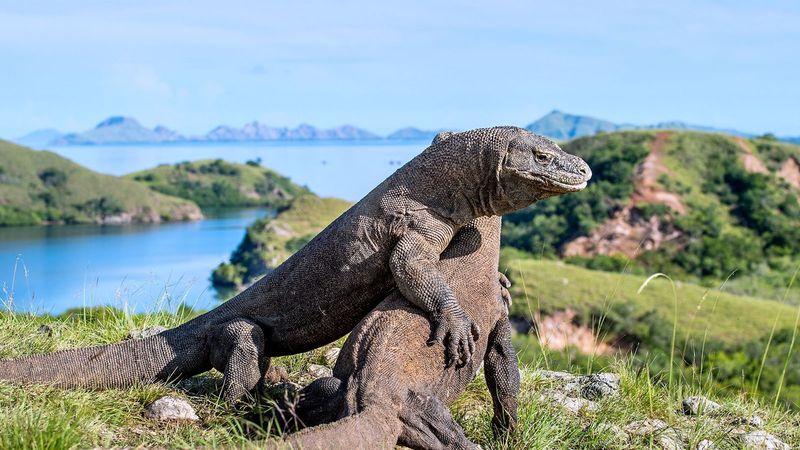
Ancient reptiles face disruption from selfie-seeking visitors disturbing their natural behaviors. Komodo dragons, the world’s largest lizards, need protection from tourism pressure. Conservation officials have dramatically increased entry fees and considered full closure to create a premium experience that funds protection efforts.
Only a limited number of travelers are now allowed on guided tours, with strict rules in place to prevent crowding and ensure minimal impact on the dragons’ fragile ecosystem.
8. Bhutan

Happiness takes priority over tourist dollars in this Himalayan kingdom’s unique approach. Bhutan pioneered the concept of “high value, low impact” tourism decades ago. Visitors must pay a daily sustainable development fee exceeding $200 and travel with licensed guides, ensuring tourism benefits local communities without overwhelming them.
The country continues to tighten entry requirements post-pandemic, aiming to preserve cultural identity and natural landscapes while welcoming only the most respectful and intentional travelers.
9. Santorini, Greece

White-washed buildings can’t support the weight of summer crowds jamming narrow clifftop streets. Santorini’s infrastructure strains under cruise ships disgorging thousands daily onto the volcanic island.
Officials now cap visitor numbers, stagger cruise arrivals, and encourage off-season travel to preserve both structures and local quality of life. Locals have voiced concerns about housing shortages and rising prices, prompting further efforts to balance tourism with sustainable living for year-round residents.
10. Antarctica

Fragile ecosystems face unprecedented threats as cruise ships bring thousands to the last pristine continent. Antarctica’s delicate wildlife and ice formations can’t withstand increasing human presence.
International authorities debate stricter visitor limits, landing restrictions, and even complete tourism bans to protect Earth’s last great wilderness. Scientists warn that even low-impact tourism accelerates environmental disruption, from microplastic contamination to behavioral changes in penguin colonies.
